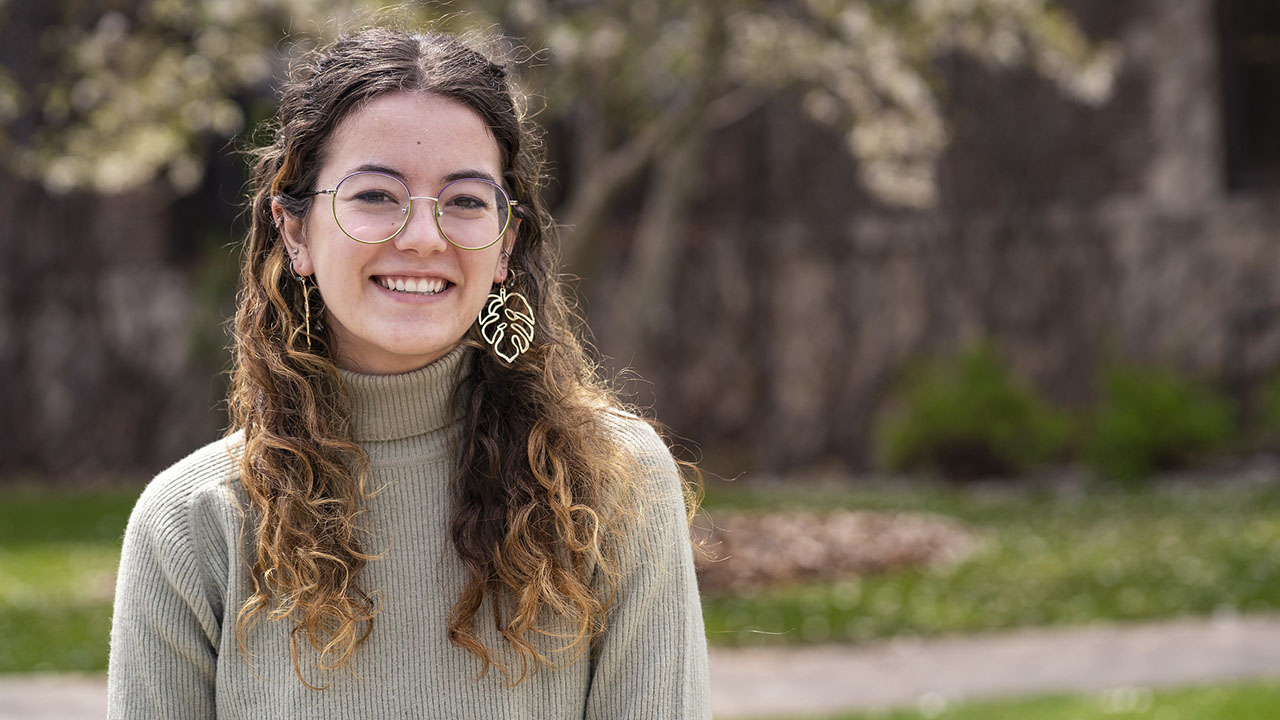
“She was nearly perfect in all of her exams and quizzes,” Geoscience Associate Professor Dylan Blumentritt said. “A student doesn’t typically earn the scores she was earning unless they are unusually talented, work hard, and are extremely interested in the subject.”
Otten, a 2021 spring graduate, is graduating next week a year early with a degree in Geoscience along with a number of experiences that have skyrocketed her career prospects forward. Otten said she accredits the professors in the geoscience department that made her realize her potential early on in her college career.
Beyond the outstanding test scores and content she was learning, an opportunity was presented to her in her sophomore year that allowed her to shine in a different but more impactful way.
Blumentritt presented to her a paid project the Minnesota Pollution Control Agency asked the department to do that would allow them to improve water quality in the future by helping mitigate farm runoff.
“It’s rare that you get a student who can excel at doing something so technical and come up with quality results, without very much oversight,” Blumentritt said. “It is because of her heightened integrity and character that I can trust her work and that she will meet deadlines, which is very important when working on funded projects.”
“The mapping that Megan did is going to be instrumental in our work to restore some of the water in the Root River Watershed. We can see where in the watershed there aren’t as much practices in place in order to determine where to focus efforts on. Local partners, like the Winona County Soil and Water Conservation District, are so excited to have that information. Not every watershed has this.”
The next leap forward for her career came when she was presenting her MPCA research findings during the One Watershed One Plan conference in which seven counties, who each had their own watershed plan, were being brought together to find a plan that fit for all the counties.
The Saint Mary’s University’s GeoSpatial Services was also presenting at that same conference and was impressed with Otten’s work. She was offered an internship opportunity after graduation at GeoSpatial Services where she will work over the summer and transition into a full-time position. Otten will also be working towards a master’s degree in Spatial Data Analysis and Geographic Information Science through St. Mary’s University.
Until then she’s excited to put all the things she’s learned into action and use her degree to continue researching, gathering information and to keep learning. She hopes to continue making discoveries and connections relating to pollution where she can then help discontinue the negative effects of pollution.
“There is no doubt in my mind that she will go on to do great things in her career,” Blumentritt said. “Her work ethic, intelligence, and shining personality will make her a valued asset…to any research team.”
Great work Megan! You’re making the Geoscience Department and the College of Science & Engineering proud.